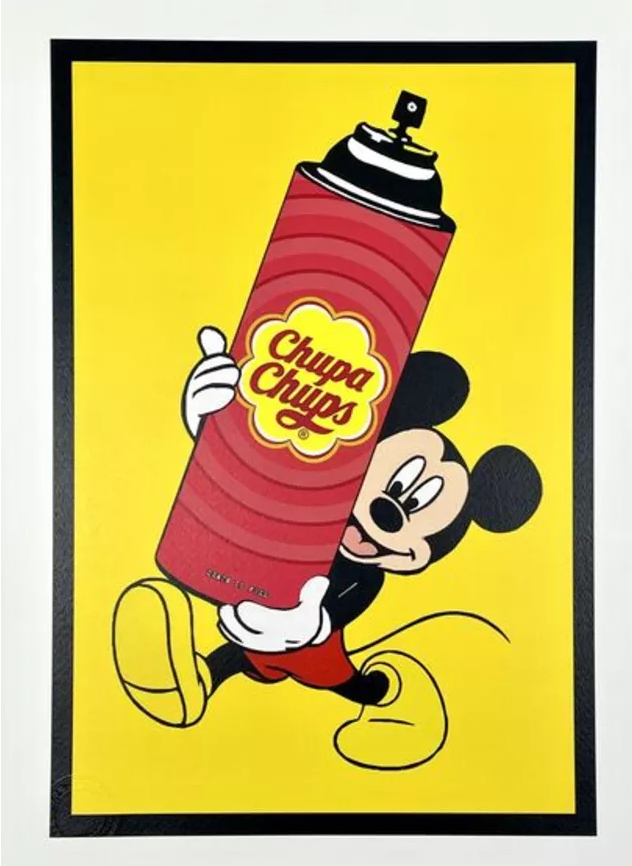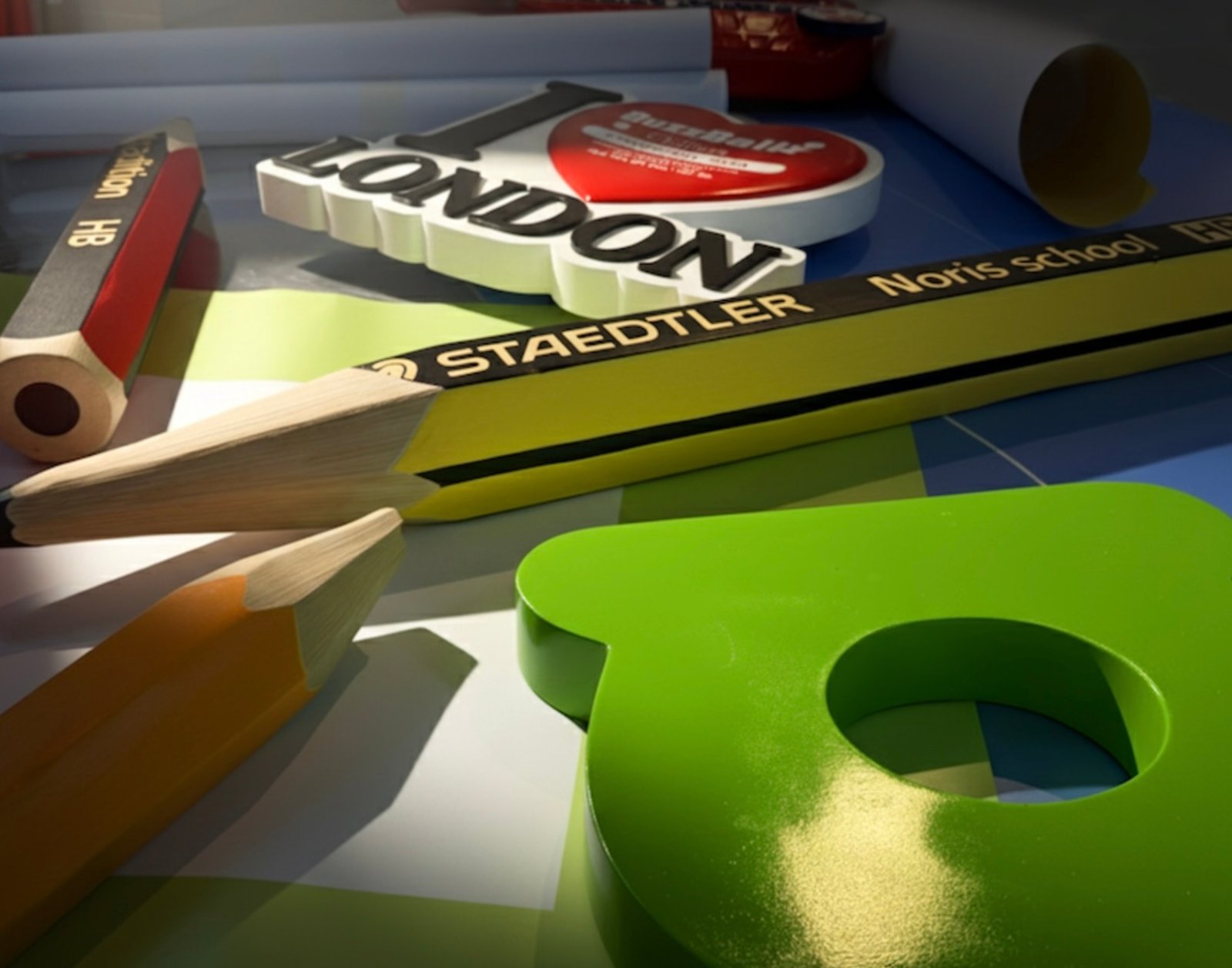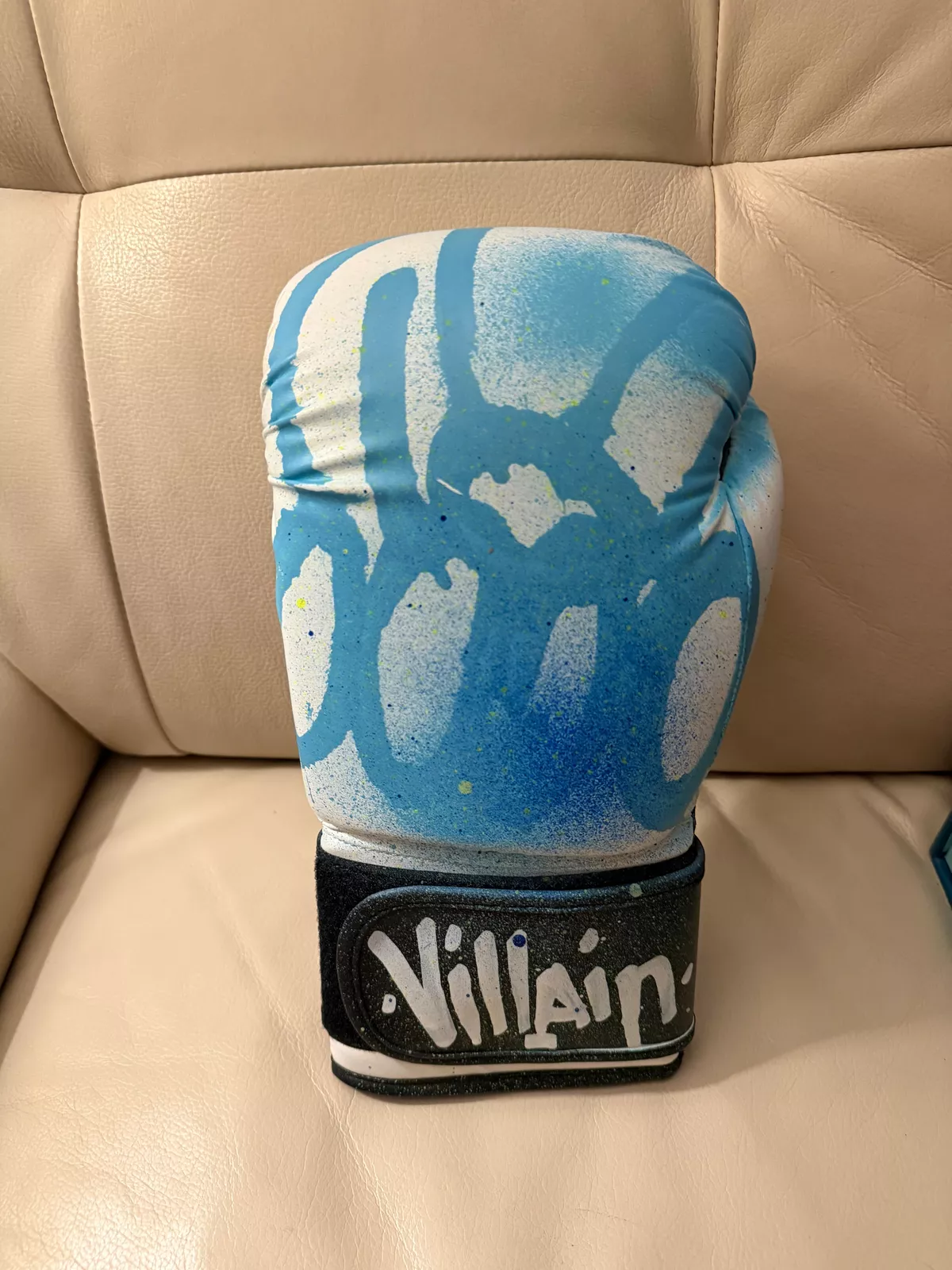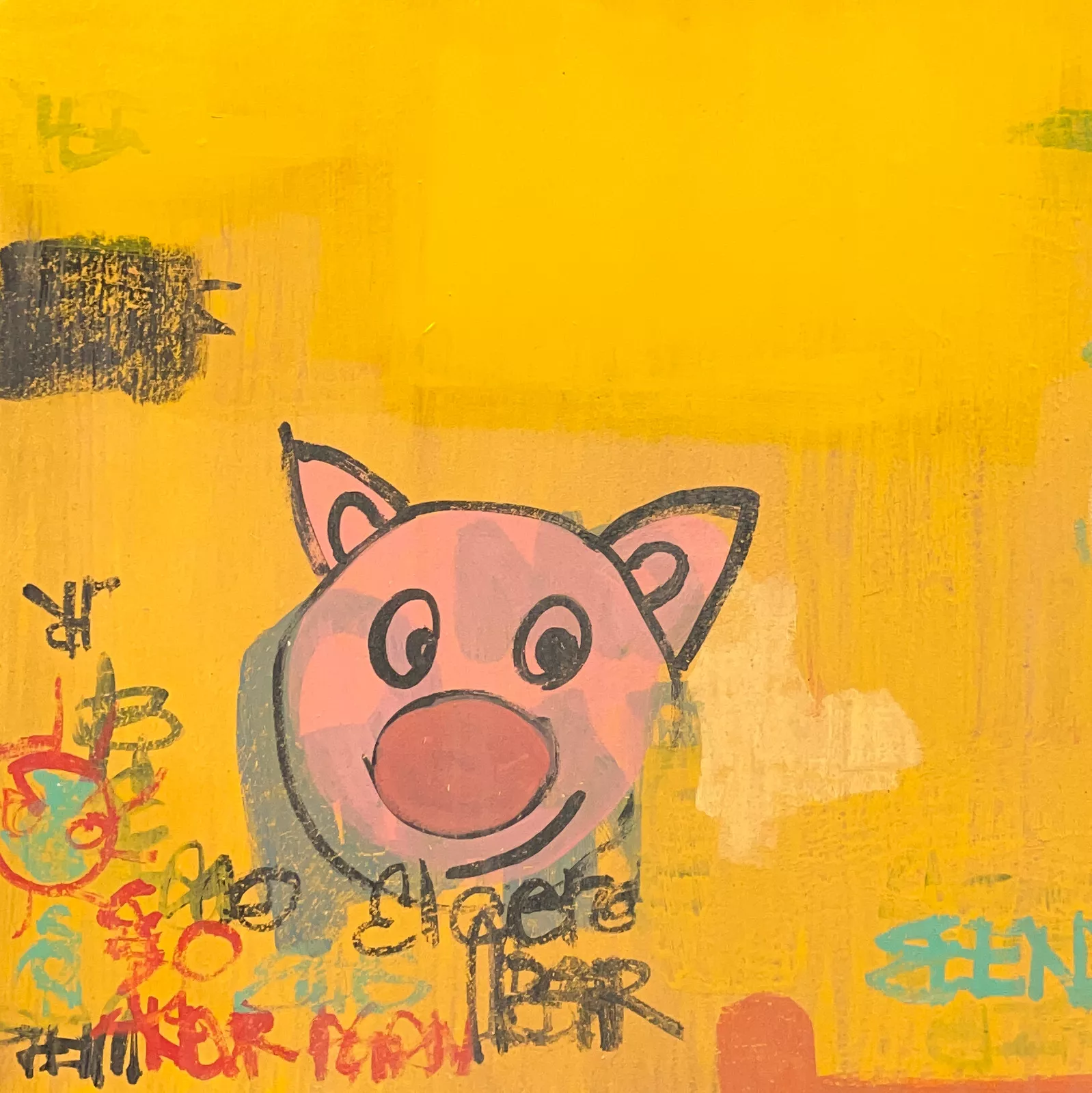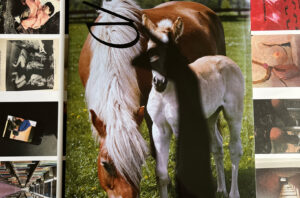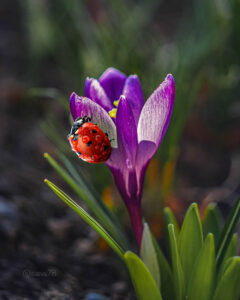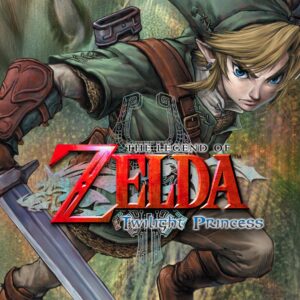Street art has long been a medium for social commentary, rebellion, and cultural mixing. Among the notable contemporary street artists, DEATH NYC has gained recognition for their provocative and visually striking works. One such piece, Mickey Chupa Spray (2020), blends pop culture imagery with a bold artistic statement.
Who is DEATH NYC?
DEATH NYC is a New York-based street artist whose name stands for “Don’t Easily Abandon The Hope.” Known for blending capitalist icons with counterculture themes, DEATH NYC’s works often challenge mainstream narratives by juxtaposing familiar figures in unexpected and subversive ways. With a background rooted in graffiti, DEATH NYC transitioned into fine art prints while maintaining their rebellious, streetwise aesthetic.
The artist’s signature approach involves appropriating well-known symbols and characters—from Disney figures to luxury brand logos—and placing them in unconventional, often ironic, settings. This method critiques commercialism, capitalism, and the commodification of culture. As such, DEATH NYC’s work resonates with both urban art enthusiasts and collectors who appreciate the intersection of street culture and high art.
Description of “Mickey Chupa Spray”
Mickey Chupa Spray (2020) is a limited-edition print that features Mickey Mouse, arguably the most recognizable character in the world, holding a spray can designed to resemble a Chupa Chups lollipop. The artwork is printed on fine art archival paper and is part of a series of 100 signed editions, along with a few artist proofs.
In this piece, Mickey Mouse appears as a graffiti artist, merging the innocence of childhood cartoons with the rebellious spirit of street art. The use of the Chupa Chups logo is particularly notable because it ties into the theme of commercialization. The Spanish candy brand, famous for its lollipops, was designed by Salvador Dalí in the 1960s—an ironic connection considering Dalí’s own history of surrealist rebellion against traditional art norms.
Mickey Chupa Spray is a layered composition that invites multiple interpretations. Here are some of the key symbolic elements:
Mickey Mouse as a Capitalist Symbol
•Mickey Mouse, as the face of Disney, represents corporate power, nostalgia, and mass entertainment. Over the years, Disney has grown into a global media empire, often criticized for its monopolistic tendencies. By placing Mickey in the role of a graffiti artist, DEATH NYC subverts the character’s wholesome image, transforming him into a figure of rebellion.
Chupa Chups: A Play on Consumerism
•The Chupa Chups spray can is a blend of street art tools and commercial branding. It highlights how consumer goods are ingrained in our daily lives, often in ways that blur the lines between art and advertising. Since the Chupa Chups logo was designed by a surrealist master (Dalí), its inclusion may also be a nod to the blending of art and commerce.
Street Art as a Counter-Cultural Force
•The use of a spray can in the artwork references graffiti culture, a form of artistic expression that is often illegal yet highly influential. Graffiti has historically been used as a medium for political and social messages, challenging authority and reclaiming public spaces.
The Irony of Commercialized Rebellion
•DEATH NYC often plays with irony, and Mickey Chupa Spray is no exception. While the image presents Mickey as a street artist, the artwork itself is a commercial product—sold as a limited edition print. This raises the question: can rebellion be commodified? Is street art losing its edge when it becomes part of the art market?
Artistic Style and Technique
DEATH NYC’s style is a blend of pop art, stencil graffiti, and contemporary digital printmaking. Their work is reminiscent of artists like Banksy, Shepard Fairey, and Mr. Brainwash, who also use bold imagery and mass culture references to deliver social commentary.
The composition of Mickey Chupa Spray is simple yet impactful. The use of a stark background allows the central figure to stand out, emphasizing the contrast between innocence (Mickey, the childhood icon) and defiance (graffiti as a rebellious act). The colors are vibrant but not overwhelming, staying true to the pop art aesthetic.
Cultural Context: Street Art and Commercialism
Mickey Chupa Spray exists at the intersection of street art and commercialism. Street art, originally an underground movement, has gained mainstream recognition, with artists like Banksy selling pieces for millions. This evolution raises questions about the authenticity of street art once it enters the commercial sphere.
DEATH NYC’s approach embraces this paradox. By selling limited edition prints, they participate in the very market that street art often critiques. Yet, by using provocative imagery, they maintain an edge that distinguishes their work from purely decorative pop art.
Moreover, the choice of Mickey Mouse reflects a broader trend in contemporary art where artists repurpose corporate mascots to critique capitalism. Similar works by KAWS, Ron English, and Takashi Murakami have played with Disney imagery to explore themes of consumer culture and brand omnipresence.
The Market for DEATH NYC’s Work
Since its release in 2020, Mickey Chupa Spray has been sought after by collectors. While the initial price for DEATH NYC prints typically ranges between $100 and $300, resale values often increase based on demand. Limited edition prints, especially those with a cultural critique, tend to appreciate in value over time.
DEATH NYC’s rising popularity in urban art circles has also contributed to the growing interest in their work. Pieces that incorporate global icons like Mickey Mouse are particularly attractive to collectors who appreciate both art and pop culture.
Mickey Chupa Spray shares thematic similarities with:
•Banksy’s Use of Mickey Mouse – Banksy has depicted Mickey Mouse in works like Napalm (where Mickey holds hands with a distressed Vietnamese child from the famous Vietnam War photo). Both artists use Mickey to critique corporate control over culture.
•KAWS’ Deconstructed Mickey Figures – KAWS often reimagines Mickey Mouse in his “Companion” sculptures, distorting the familiar character to reflect contemporary anxieties about branding and consumerism.
•Ron English’s Parodies of Disney – English’s works often depict subversive versions of Disney characters, questioning the role of media in shaping public perception.
Each of these artists, including DEATH NYC, uses Mickey Mouse to make a statement about capitalism, branding, and the commodification of art.
Final Thoughts
Mickey Chupa Spray (2020) by DEATH NYC is more than just a visually striking print; it is a commentary on consumerism, rebellion, and the shifting nature of street art. By merging Mickey Mouse with graffiti culture and a commercial brand like Chupa Chups, DEATH NYC creates an ironic yet compelling piece that speaks to the contradictions of modern art.
The artwork forces us to ask: Can counter-culture exist within the commercial space? Or has everything, even rebellion, become a product to be sold? As street art continues to evolve, works like Mickey Chupa Spray remind us that the line between protest and profit is increasingly blurred.
No comments yet.

